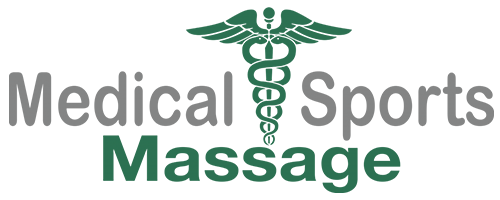Graston Technique Massage Therapy
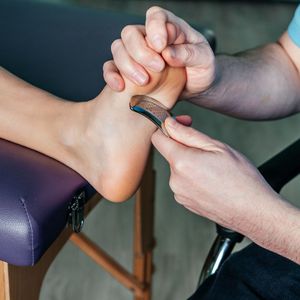
Medical & Sports Massage brings an innovative practice of targeting soft tissues using special instruments through the Graston Technique.
The ancient methods of Gua Sha in traditional Chinese medicine paved the way for what is now known as the Graston Technique in modern times. Medical studies have suggested positive outcomes from using instruments, particularly in treating conditions such as chronic low back pain and scar tissue-related issues.
What is the Graston Technique
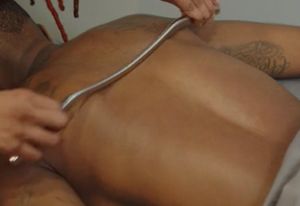
The Graston Technique is a specialized form of massage therapy that uses stainless steel instruments to detect and treat soft tissue issues in the body. It's not your typical hands-on massage; instead, therapists use uniquely designed tools to target specific areas of concern.
How does the Graston Technique work?
The Graston Technique operates on the principles of soft tissue mobilization using specialized instruments. These instruments are the ones putting controlled pressure on affected areas as determined by a practitioner.
Trained therapists use stainless steel instruments with unique shapes and edges to scan and palpate the patient's skin. These instruments are designed to detect abnormalities in the texture and movement of soft tissues, such as muscles, tendons, and ligaments.
1. Begin with a massage.
A typical massage therapy uses the bare hands of a therapist to apply pressure on certain areas of your body. This can be done to identify specific areas in your soft tissues that need to be targeted or to make the muscles and tendons accustomed to the steel massage tools later on.
2. Graston add-on
A qualified therapist will then select a stainless steel instrument that will be used to put controlled pressure on your body. Each tool comes in different shapes and edges, with specific uses for a targeted soft tissue massage.
Benefits of Graston Technique Massage Therapy
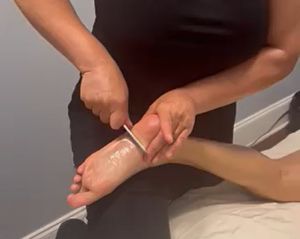
Undergoing the Graston Technique is associated with several potential benefits, making it a sought-after option for individuals dealing with specific musculoskeletal issues.
Here are some of the well-known benefits that the Graston Technique can provide for those seeking the treatment:
Quicker recovery times for athletes and individuals recovering from injuries.
Improving flexibility and range of motion by addressing restrictions in the muscles, tendons, and ligaments.
Reduces tension, pain, and discomfort in targeted specific areas.
Regular sessions can help manage chronic conditions such as tendonitis and plantar fasciitis.
The instruments allow for a targeted and precise application, addressing specific areas of concern.
Prevents certain injuries from reappearing, especially for individuals prone to repetitive strain injuries.
Common Problem Areas
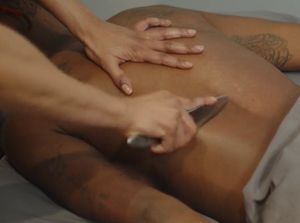
Neck and muscles to target muscle knots, adhesions, and restrictions in the area.
Upper and mid-back region to break down scar tissue and improve tissue mobility.
Lower back pain, sciatica, or hip tightness to promote better movement in the lumbar and hip regions.
Tennis elbow or golfer's elbow, breaking down adhesions and improving the function of the affected muscles and tendons.
Plantar fasciitis, Achilles tendonitis, or other foot and ankle issues to improve flexibility and promote healing.
Tight hamstrings or quadriceps to target muscle imbalances and reduce tightness.
Various forms of tendonitis and tendinopathy to address issues within the tendons.
What will my Graston Technique Sessions look like?
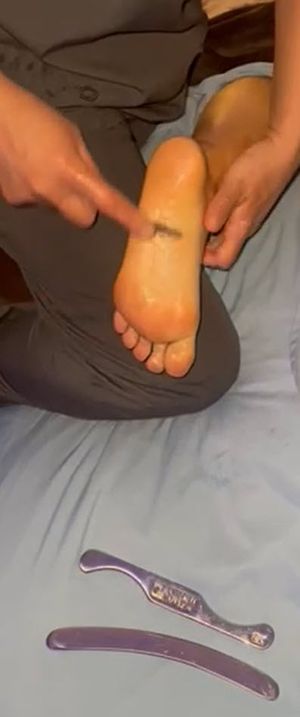
- A thorough assessment by a trained therapist, evaluating your medical history, and discussing any specific concerns or areas of discomfort.
- Your massage therapist will work with you to determine the appropriate length for your massage.
- The therapist then selects the appropriate Graston Technique instruments based on the size and location of the treatment area. Before the massage, a lubricant, such as massage oil or lotion, will be applied to the skin.
- Your certified therapist will gently scan and palpate the skin with the Graston instruments.
- As the therapist detects problematic areas, they mark them for focused treatment, applying controlled pressure with the Graston instruments to the identified treatment areas. The instruments are moved cross-fiber or diagonally over the muscles, tendons, and ligaments.
With the several benefits of the Graston Technique, remember that only trained and certified healthcare professionals are allowed to perform this massage therapy technique. The instruments are not intended for indiscriminate use, and a thorough understanding of anatomy and soft tissue mechanics is crucial for its effective and safe application.
Always consult a qualified therapist or healthcare provider before undergoing a Graston Technique massage therapy.
Medical & Sports Massage has expert therapists ready to answer your questions about this technique and provide an appropriate treatment plan tailored to your specific health needs.

